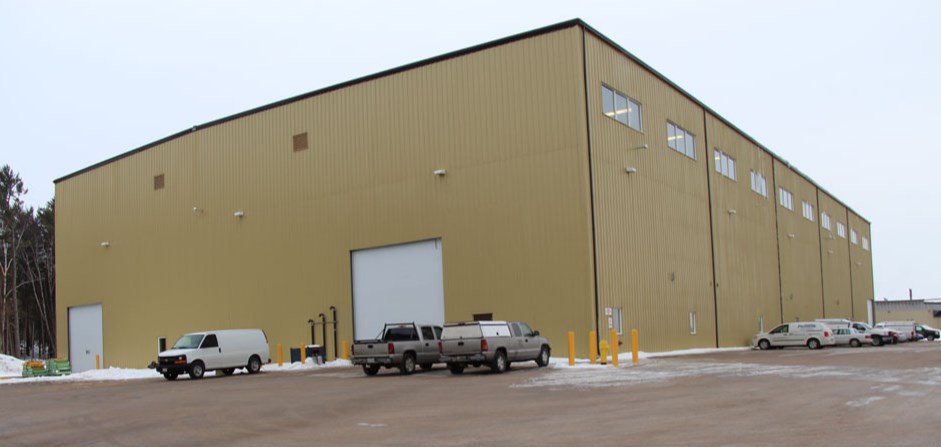A 39,000-square-foot plant that opened in 2013 at Kubota Materials Canada (KMC) on Commerce Road will be shutting down later this year.
Hiroshi Makino, the president of KMC, informed employees on Monday the Orillia TXAX plant will be “ceasing production” in June. The move impacts 13 unionized employees and an undetermined number of non-unionized employees.
According to the memo from the company’s president, TXAX was launched in 2013 as a new plant for the production of a non-asbestos friction material for the automotive industry in North America.
Over the past 10 years, the plant has operated 24/7 to supply these customers.
“However, since 2021 the business has been in a critical position,” Makino said, noting “increased material costs, transportation hikes and growing price gap with our competitors have hampered success for TXAX.”
On top of that, “manufacturing TXAX had become more challenging, with many obstacles including frequent line troubles, manpower (and) aging equipment that needs constant repair, or to be replaced. These factors combined have forced the company to make this difficult but necessary decision,” Makino noted.
According to the memo obtained by OrilliaMatters, production will continue until June 30. During that time, inventory will be stored and shipped from the building until the end of 2024 or until the stock is depleted.
Some of the plant’s equipment will be re-purposed at the Orillia location, while some may be put into service at Kubota’s Amagasaki plant in Japan.
“However, most production equipment will be disposed of, and dismantling will commence directly after the cessation of production,” noted the memo.
“KMC will discuss with the employees who work at TXAX their future options as members of the KMC team,” said Makino.
“We would like to express our regret to everyone for this result, and for everyone who supported the TXAX business we sincerely apologize and ask for your understanding,” he concluded.
Coddie Leroux, president of United Steelworkers Local 9393 that represents unionized workers at the Orillia facility, says he hopes the company will find new roles for impacted employees.
“I do hope that there will be opportunities for all those employees to find positions within the main plant,” Leroux told OrilliaMatters.
He said there are 13 unionized employees at the TXAX facility. He was uncertain how many non-unionized employees work at the facility to the east of the main operation.
The announcement about the expansion of Kubota and the construction of the TXAX plant was big news in April of 2012. At the time, the company said the expansion was, in part, due to the city’s decision to place a moratorium on development charges for industrial construction.
According to a media release at the time, the cost of the new plant was estimated at $12.4 million.
"It's a completely different business to what we are already doing here," Matthew Webb, manager of customer service, said at the time. "We are not replacing anything. This is a material that is currently made in Japan and this is the first time it will be manufactured outside of Japan. It will bring a lot of mechanical jobs, skilled jobs."
The local operation is a steel foundry that produces primarily high-alloy castings used in the petrochemical, steel and mineral processing industries. It employs approximately 300 people, making it one of the largest manufacturing companies in the area.
Kubota Corporation is headquartered in Osaka, Japan and employs over 25,000 people worldwide.
Webb did not return a request for comment in time for publication of this story.
